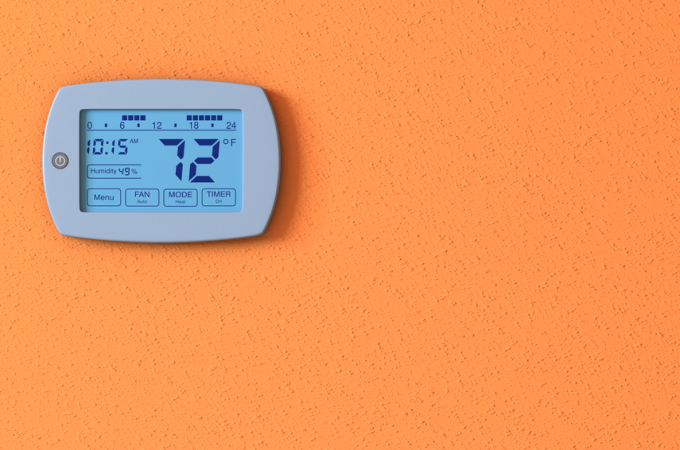
Are You a Thermometer or Thermostat at Work?
One day my then-boss, the executive vice president of human resources (HR), asked me an interesting question. “Mary, are you a thermometer or thermostat?” I said, “I think I’m a human being, but tell me what you need.”
He explained that a thermometer measures the temperature, hot or cold. In human terms, and particularly for HR, this is where you discover what is happening with employees — what interests them, what they’re concerned or upset about, and what you feel may be going on with them as individuals or a group. Developing observation skills, communicating early and often, conducting employee surveys, and looking at statistics about turnover rates, sick days and vacation time all provide helpful insights.
In contrast, a thermostat sets the environment’s temperature. From HR and personal perspectives, it’s a good practice to ask yourself this: Do you set the tone of the work environment by your attitude and how you work and approach things, and do you do this with others as a way to affect the culture?
Fact is, there are times that call for determining what’s happening based on how a thermometer is set up, and others that require adjusting the thermostat by changing how people feel and what they’re doing. Sometimes it’s necessary to do both simultaneously. What’s important is that you are conscious of what role you’re operating in at any given moment.
Knowing when and how to engage based on the importance of the situation takes time and practice. For example, if someone comes to you for advice and just wants to know what’s going on or how to handle a particular issue, you are a thermometer. But if an issue is impacting the group, organization or you personally, the attitude and environment need to be changed. And it’s important to do so successfully. Remember, not everyone will want you to be a thermostat and make changes. It’s a judgment call to know where you’re at.
This can be applied in all areas of life. I was in a group meeting for an after-school activity with my daughter, and I noticed that the mood in the room of parents was not very positive. So, I introduced a different train of thought and a new philosophy, which enabled moods and attitudes to change. In that situation, I was a thermostat.
In the business environment, sometimes it’s easier to gauge by looking at a specific situation from a particular perspective. For instance, are you a business owner or an HR representative? If you’re a business owner, you’re mostly a thermostat — you know what the culture should be like and you make the changes you want. But sometimes in HR, we know that the business owner wants the culture to be a certain way and our job is to help gauge whether it is, or is not, there.
As HR professionals, we are middlemen. We need to know what both employees and business owners want, and how we can help bring those philosophies together. To do that, both gauging and setting the temperature are vital.
By Mary Smith
Mary Smith is a partner at Reliance Payroll in the Atlanta area. She is also certified as a PHR through the Society of Human Resource Management. She may be reached at [email protected].
Recommended
-
What’s Your Legacy?December 18th, 2023
-
Get Ready And Resilient For Th...October 18th, 2023
-
One Rx For Employee Community ...April 19th, 2023
-
Five Ways To Grow And Nurture ...March 22nd, 2023
-
How To Turn A Love Of Writing ...December 1st, 2021















